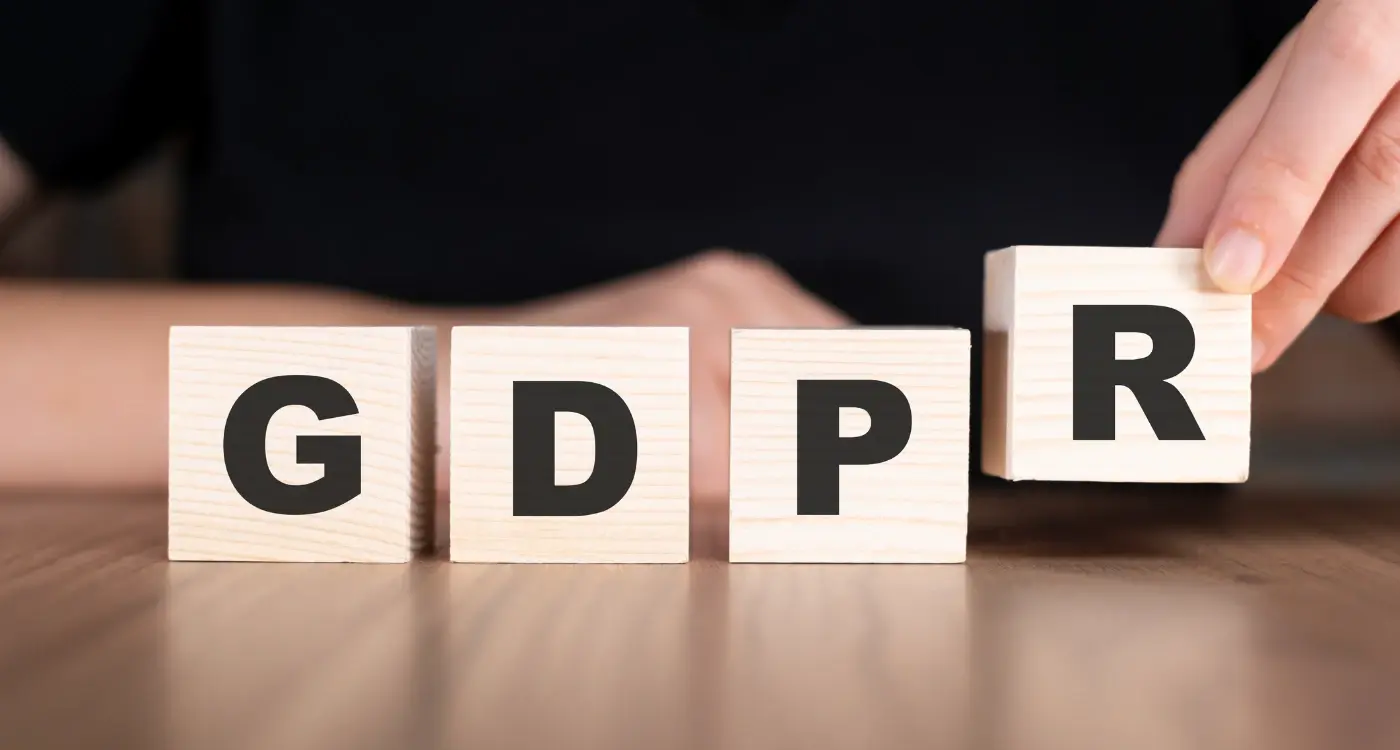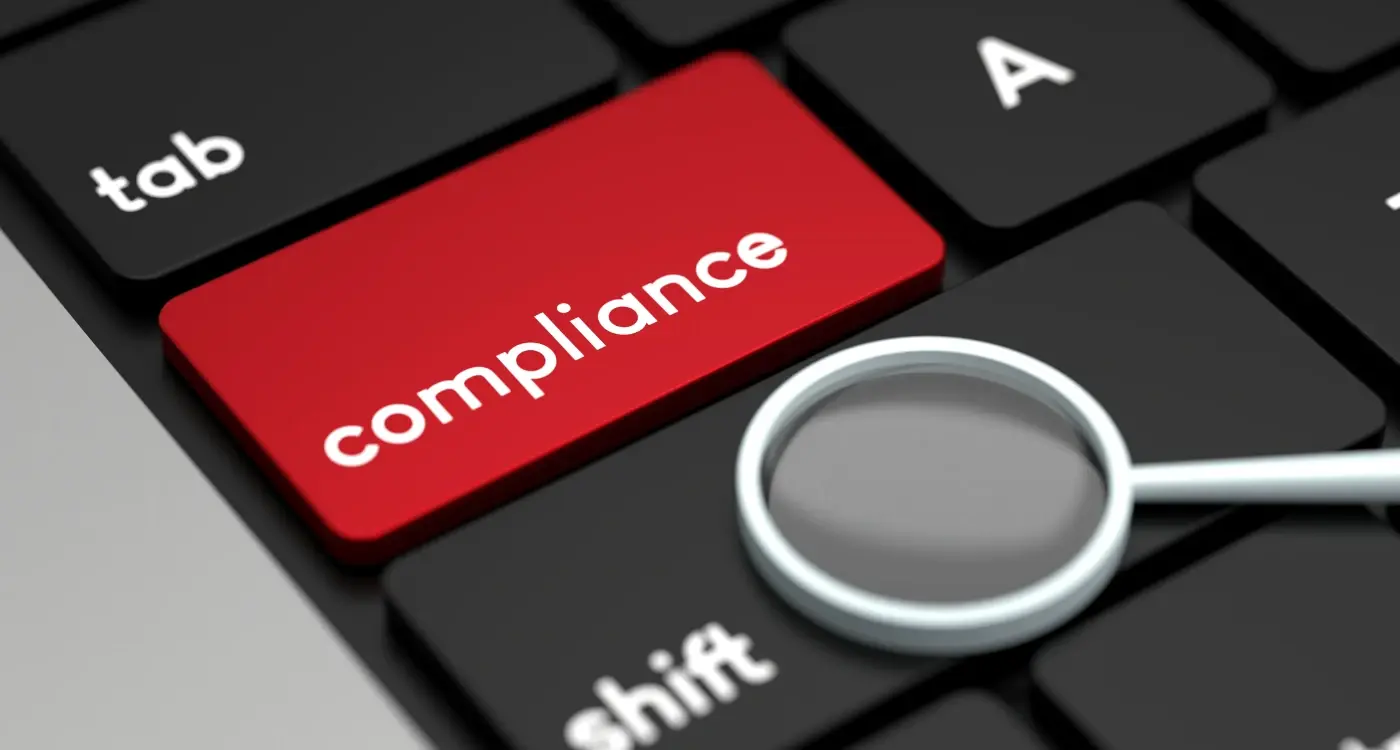Do I Need A Patent For My Mobile App?
Every year, thousands of mobile app developers face the same burning question: should I patent my app? The answer isn't as straightforward as you might think. With over 2.87 million apps on the Google Play Store and 1.96 million on the Apple App Store, protecting your intellectual property has become more complex than ever before.
The truth is, not every mobile app needs patent protection—and getting it wrong can cost you thousands of pounds whilst providing little real benefit. Some apps contain genuinely patentable innovations that could be worth protecting, whilst others rely on different forms of intellectual property protection entirely.
The biggest mistake I see developers make is assuming that because their app is unique, it automatically deserves a patent
Throughout this guide, we'll explore what makes a mobile app patentable, when patent protection actually makes sense for your specific situation, and what alternatives exist. We'll also break down the costs, timelines, and practical considerations that every app developer should understand before making this important decision. By the end, you'll have the knowledge needed to make an informed choice about protecting your mobile app's intellectual property.
What Makes a Mobile App Patentable
Not every mobile app can be patented—that's the first thing you need to understand. The patent office doesn't hand out protection for basic ideas or simple combinations of existing features. Your app needs to meet specific criteria before it qualifies for patent protection.
The main requirement is that your app must be novel and non-obvious. This means it has to do something genuinely new that wouldn't be obvious to someone skilled in app development. Simply putting a common business process into an app format won't cut it; you need technical innovation that solves a real problem in a unique way.
Key Requirements for App Patents
- Technical innovation beyond standard programming
- Solves a specific technical problem
- Novel approach not found in existing apps
- Non-obvious to skilled developers
- Produces a concrete, useful result
Abstract ideas like "an app for ordering food" aren't patentable on their own. But if your food ordering app uses a unique algorithm to predict delivery times based on real-time traffic data and restaurant kitchen capacity—now that might be patentable.
The patent office looks for technical substance, not just business methods wrapped in app code. Your innovation needs to improve how the device functions or solve a technical challenge in a way that hasn't been done before.
Types of Patents for Mobile Apps
When it comes to mobile app patent protection, there are three main types you need to know about. Each one covers different aspects of your intellectual property—and understanding which one applies to your situation can save you a lot of headaches down the line.
Utility Patents
These are the most common type for mobile apps. A utility patent protects how your app works, what it does, and the specific technical processes it uses. Think of it as protection for the functional bits of your app—the clever algorithms, unique features, or innovative ways of solving problems. Most successful app patents fall into this category because they cover the meaty technical stuff that makes your app special.
Design Patents
Design patents protect the visual appearance of your app. This covers things like your user interface layout, button designs, icons, and overall visual style. They're less expensive than utility patents and easier to get, but they only protect the look—not the functionality.
Design patents are great for apps with unique visual elements, but they won't stop competitors from copying your core features if they use a different design.
The third type, plant patents, doesn't apply to mobile apps at all—they're for actual plants! So we can forget about those entirely. Most app developers focus on utility patents because they offer the strongest protection for innovative features and technical processes.
| Patent Type | What It Protects | Best For |
|---|---|---|
| Utility Patent | How your app works and functions | Innovative features and processes |
| Design Patent | Visual appearance and interface | Unique visual designs |
When Patent Protection Makes Sense
After working with hundreds of app developers over the years, I've noticed that most people think patents are either completely unnecessary or absolutely critical for every app. The truth sits somewhere in the middle—and knowing when patent protection makes sense can save you both money and headaches down the road.
Patents work best when your app includes genuinely innovative technology that competitors would find valuable to copy. If you've developed a breakthrough algorithm, a novel user interface method, or a unique technical process that solves a real problem, patent protection becomes worth considering. The key question isn't whether your app is good—it's whether it contains something technically innovative that others haven't done before.
When Patents Are Most Valuable
- Your app includes proprietary algorithms or technical processes
- You're planning to licence your technology to other companies
- You're operating in a competitive market where copying is common
- Your innovation could be easily reverse-engineered by competitors
- You have the budget to defend your patent if needed
Here's what many developers don't realise: having a patent means nothing if you can't afford to enforce it. Patent litigation costs hundreds of thousands of pounds, so unless you have deep pockets or investors backing you, a patent might just be an expensive piece of paper. Sometimes focusing on rapid market execution and building a strong brand proves more valuable than patent protection.
The Patent Application Process for Apps
Right, so you've decided your mobile app might be worth patenting—now comes the fun part (and by fun, I mean potentially hair-pulling). The patent application process for apps isn't exactly a walk in the park, but it's not rocket science either.
First things first: you'll need to conduct a thorough patent search to make sure nobody else has already patented your brilliant idea. This step alone can save you thousands of pounds and months of wasted effort. Trust me, I've seen too many developers skip this only to discover their "revolutionary" feature was patented five years ago.
Preparing Your Application
Once you're confident your app's intellectual property is unique, you'll need to prepare your patent application. This means documenting every technical detail of how your app works—the algorithms, user interface innovations, data processing methods, everything that makes it special. The patent office wants to see exactly what makes your app different from existing solutions.
The key to a successful patent application is being incredibly specific about what your app does and how it does it differently from anything else out there
You'll submit your application to the relevant patent office (the UK Intellectual Property Office if you're based here), pay the filing fees, and then wait. The examination process typically takes 18-24 months, during which patent examiners will review your application and potentially request clarifications or modifications. Having a good patent attorney makes this whole process much smoother—they speak the language and know what examiners are looking for.
Alternative Ways to Protect Your App
Patents aren't your only option when it comes to protecting your mobile app—and honestly, they're not always the best choice either. I've worked with plenty of clients who've found other methods far more practical and cost-effective for their specific situation.
Copyright and Trade Marks
Copyright automatically protects your app's source code, graphics, and written content the moment you create them. No registration needed, no fees to pay. It won't stop someone copying your app's functionality, but it does prevent them from stealing your actual code or designs.
Trade marks protect your app's name, logo, and distinctive visual elements. They're much cheaper than patents and often provide better protection for brand recognition. Think about it—most users remember apps by their names and icons, not their technical features.
Trade Secrets and First-Mover Advantage
Sometimes keeping your mouth shut is the best protection. Trade secrets can be incredibly powerful if you've developed unique algorithms or processes that competitors can't easily reverse-engineer. The key is protecting your app idea through proper contracts with your development team.
Speed to market often beats legal protection. Getting your app out there first, building a user base, and establishing your brand can create competitive advantages that are harder to overcome than any patent barrier.
- Copyright protects code and creative elements automatically
- Trade marks safeguard your brand identity
- Trade secrets protect confidential processes
- First-mover advantage builds market position
- Strong user experience creates customer loyalty
Patent Costs and Timeline Considerations
Let me be straight with you about patent costs—they're not cheap. When I speak to clients about patent protection for their mobile apps, I always make sure they understand the financial commitment they're making. The typical cost for a software patent application ranges from £3,000 to £10,000 just for the initial filing, and that's before you factor in attorney fees, examination costs, and potential revisions.
The timeline is equally sobering. Patent applications for mobile apps typically take 18 to 24 months to process, sometimes longer if there are complications or rejections. That's nearly two years of waiting whilst your app sits in the marketplace without full protection. During this time, you'll need to maintain detailed records and potentially file continuation applications if your app evolves.
Breaking Down the Costs
- Patent attorney fees: £150-£500 per hour
- Patent office filing fees: £400-£1,200
- Search and examination fees: £600-£1,500
- Maintenance fees over 20 years: £2,000-£8,000
- International filing costs: £5,000-£15,000 per country
Budget for the full patent lifecycle, not just the initial application. Many app developers get caught off guard by the ongoing maintenance fees required to keep their patent active.
The reality is that for most mobile apps, these costs and timelines don't make financial sense unless you're protecting truly innovative technology with significant commercial potential. Many stellar apps thrive without patent protection by focusing on execution, user experience, and market positioning instead.
Conclusion
After working with hundreds of app developers over the years, I can tell you that the patent question isn't one you should lose sleep over. Most apps don't need patents—and that's perfectly fine. The mobile app world moves fast, and by the time your patent gets approved, the technology landscape might have shifted completely.
What I've learned is that protecting your app idea matters less than executing it well. Your biggest advantage comes from building something people actually want to use, not from having a piece of paper that says you invented it. Focus your energy and budget on making your app brilliant rather than tying it up in lengthy patent processes.
That said, if you've genuinely invented something groundbreaking—a new way of processing data or a unique technical solution—then yes, a patent might be worth considering. But for most apps, copyright protection, trademarks, and good old-fashioned speed to market will serve you much better. The companies that succeed in mobile aren't the ones with the most patents; they're the ones that solve real problems for real people. Keep that in mind as you move forward with your app development journey.
Share this
Subscribe To Our Learning Centre
You May Also Like
These Related Guides

Do Small Apps Really Need Enterprise-Level Security?

How Much Does It Cost to Make My App GDPR Compliant?



